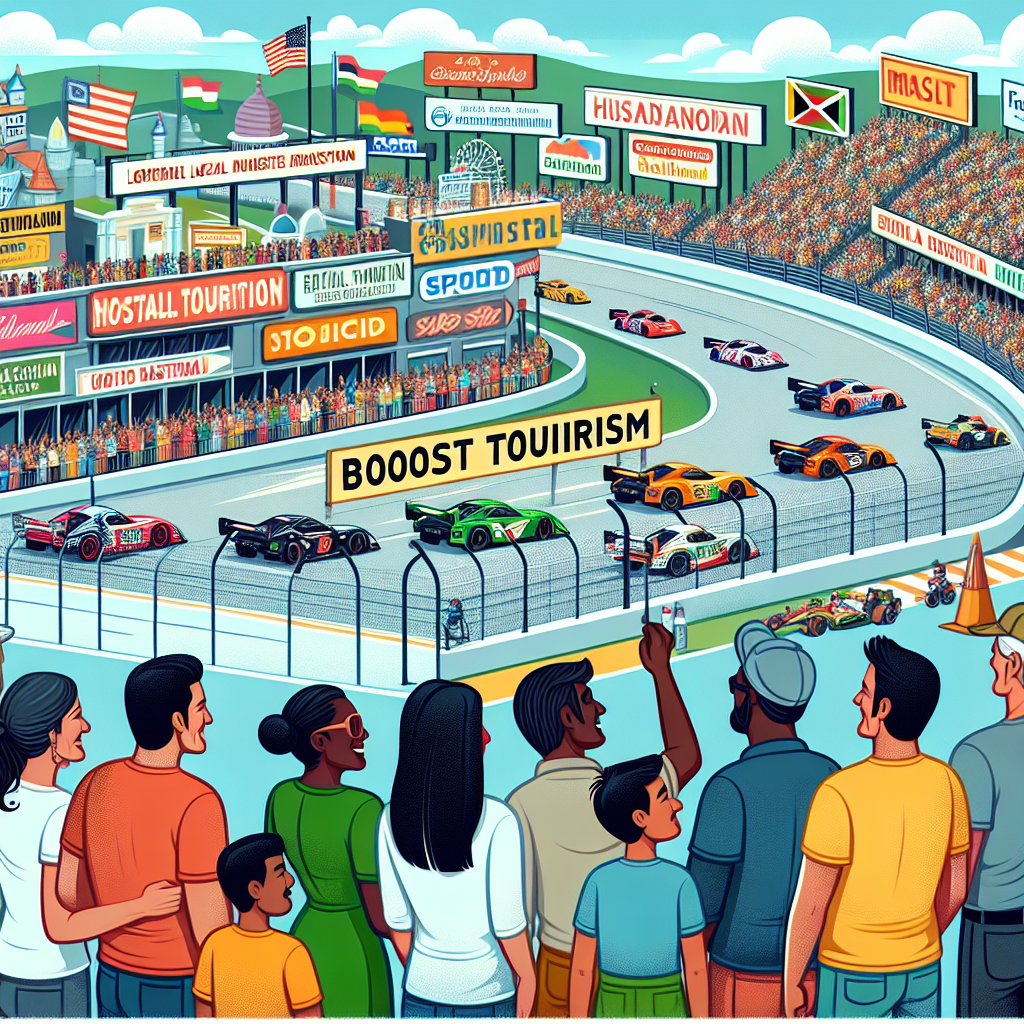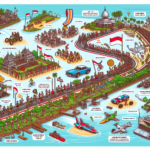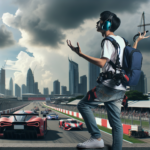-
Table of Contents
- Introduction
- The Rise of Racing Events in Indonesia
- Historical Background
- Infrastructure Development
- Job Creation and Economic Impact
- Regional Examples of Racing Events Boosting Tourism
- Bali: Bali International Triathlon
- Jakarta: Formula E Jakarta E-Prix
- Yogyakarta: Tour de Borobudur
- Challenges and Opportunities
- Conclusion
Introduction

Indonesia is a country known for its rich cultural heritage, stunning landscapes, and diverse wildlife. With its vast potential for tourism, the government has been actively promoting various initiatives to boost the tourism industry. One such initiative is the hosting of racing events, which have proven to be an effective way to attract tourists and promote local tourism. In this article, we will explore how racing events have contributed to the growth of tourism in different regions of Indonesia.
The Rise of Racing Events in Indonesia
Historical Background
Racing events have a long history in Indonesia, dating back to the colonial era when the Dutch introduced horse racing. Over time, the popularity of racing events grew, and different forms of racing, such as car racing and motorbike racing, emerged. Today, Indonesia hosts a wide range of racing events, including Formula 1 races, MotoGP races, and local racing competitions.
Infrastructure Development
Hosting racing events requires the development of proper infrastructure, including racetracks, pit areas, and spectator facilities. The construction and improvement of these facilities have not only provided a platform for racing events but also enhanced the overall tourism infrastructure in the region. The presence of world-class racetracks has attracted international racing teams and enthusiasts, putting Indonesia on the map as a premier racing destination.
Job Creation and Economic Impact
Racing events have a significant impact on the local economy by creating job opportunities and generating revenue. The events require a large workforce, including event organizers, security personnel, hospitality staff, and maintenance crews. Additionally, the influx of tourists during racing events boosts the local economy through increased spending on accommodation, dining, transportation, and souvenirs. The revenue generated from racing events can be reinvested in the local community, further stimulating economic growth.
Regional Examples of Racing Events Boosting Tourism
Bali: Bali International Triathlon
The Bali International Triathlon is an annual event that attracts athletes and tourists from around the world. The event combines swimming, cycling, and running, showcasing the natural beauty of Bali’s landscapes. Participants and spectators not only enjoy the thrill of the race but also have the opportunity to explore the island’s cultural attractions, such as temples, traditional markets, and art galleries. The event has significantly contributed to the growth of tourism in Bali, with an increase in hotel bookings, restaurant reservations, and local transportation services.
Jakarta: Formula E Jakarta E-Prix
Formula E is a global racing series that features electric-powered cars. In 2022, Jakarta hosted its first Formula E race, attracting international racing teams and fans. The event showcased Jakarta’s commitment to sustainability and clean energy, aligning with the city’s efforts to reduce air pollution and promote eco-friendly transportation. The Formula E Jakarta E-Prix not only brought international attention to the city but also boosted tourism by highlighting Jakarta as a vibrant and modern destination.
Yogyakarta: Tour de Borobudur
The Tour de Borobudur is a cycling race that takes place in Yogyakarta, a city known for its rich cultural heritage and historical sites. The race route passes through iconic landmarks such as Borobudur Temple, Prambanan Temple, and the Sultan’s Palace. The event attracts professional cyclists and cycling enthusiasts who not only participate in the race but also explore the city’s cultural attractions. The Tour de Borobudur has significantly increased the number of tourists visiting Yogyakarta, benefiting local businesses and the tourism industry as a whole.
Challenges and Opportunities
While racing events have proven to be beneficial for tourism in Indonesia, there are also challenges that need to be addressed. One of the main challenges is the need for continuous investment in infrastructure development. Racetracks and supporting facilities require regular maintenance and upgrades to meet international standards. Additionally, promoting racing events and attracting international participants and spectators require effective marketing strategies and collaborations with international racing organizations.
However, these challenges also present opportunities for growth. By investing in infrastructure development and marketing efforts, Indonesia can position itself as a top racing destination in Southeast Asia. The success of racing events can also inspire the development of related industries, such as motorsports academies, racing-themed resorts, and automotive manufacturing.
Conclusion
Racing events have emerged as a powerful tool for promoting tourism in different regions of Indonesia. These events not only attract international participants and spectators but also showcase the country’s natural beauty, cultural heritage, and commitment to sustainability. The economic impact of racing events is significant, creating job opportunities, stimulating local businesses, and generating revenue that can be reinvested in the community. With continuous investment in infrastructure development and effective marketing strategies, racing events have the potential to further boost tourism in Indonesia and establish the country as a premier racing destination in the region.





